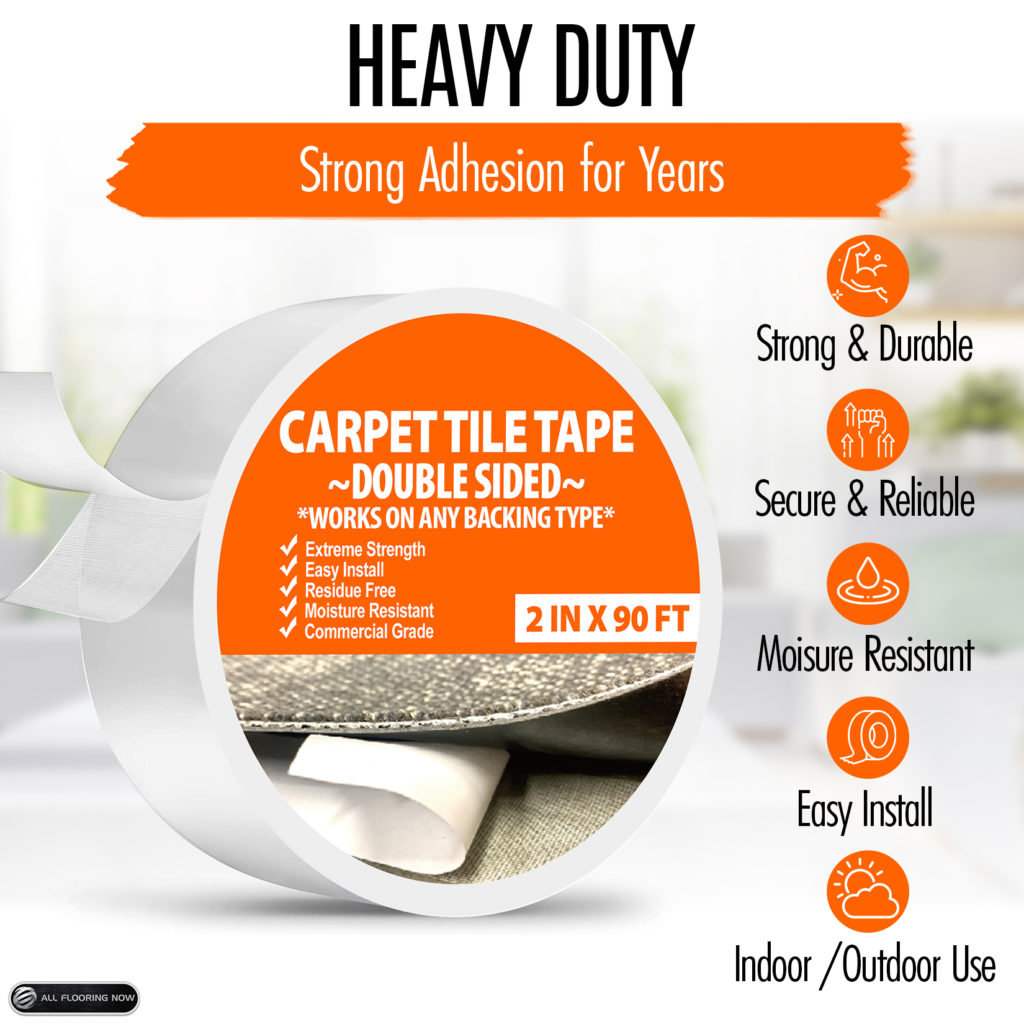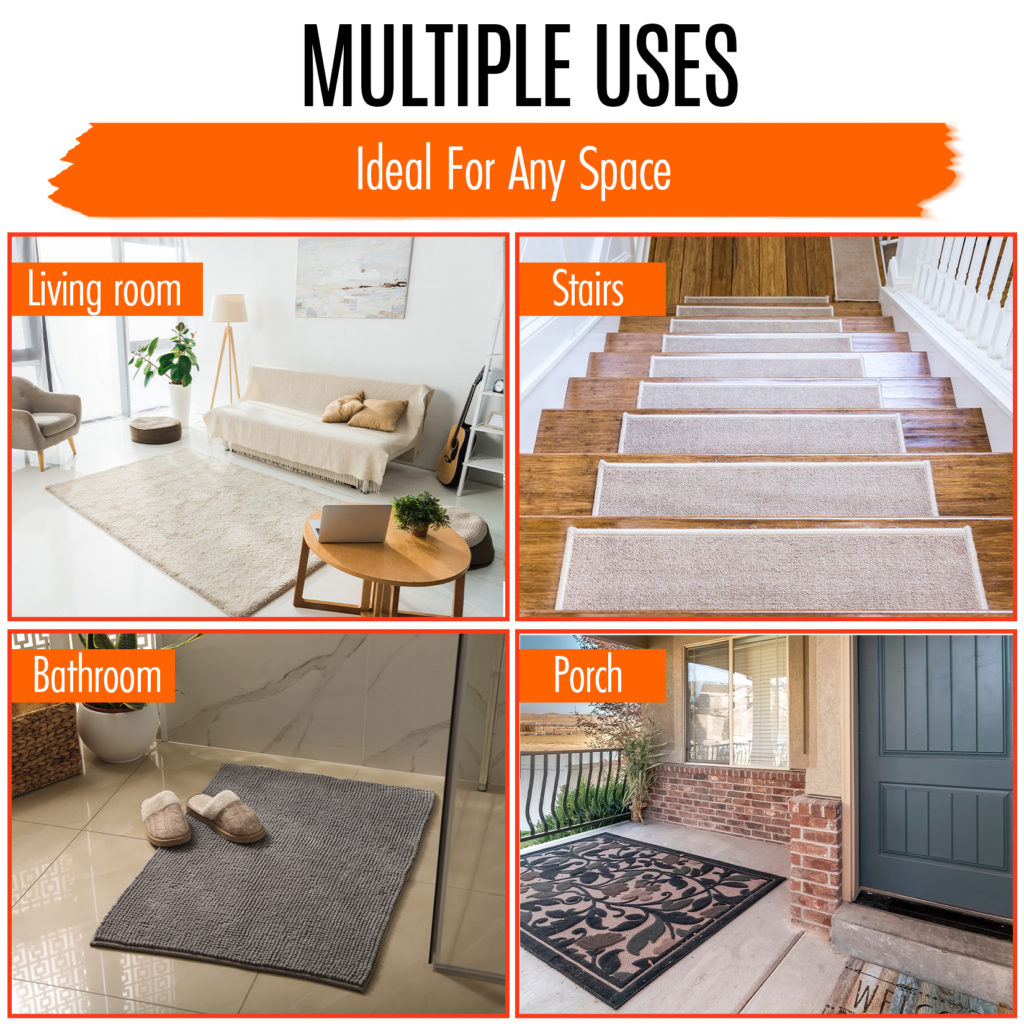Should I Use Carpet Tape or Pressure Sensitive Adhesive?
Carpet tape and pressure-sensitive adhesive are two popular methods of installing carpet in residential and commercial settings. Both methods have their benefits, but each offers a unique set of advantages and disadvantages. In this article, we will discuss the benefits of carpet tape and pressure-sensitive adhesive and how they compare to each other.
First, let's define the two terms. Carpet tape is a double-sided adhesive tape used to hold carpet in place. It is usually applied to the perimeter of the room or along seams. Pressure-sensitive adhesive, on the other hand, is a glue that is applied to the floor surface before the carpet is laid. The adhesive is activated by pressure, such as the weight of the carpet, and creates a bond between the carpet and the floor.
One of the main benefits of using carpet tape is its ease of use. Unlike pressure-sensitive adhesive, carpet tape is simple to apply and remove, making it an ideal choice for temporary installations or for areas where the carpet may need to be lifted frequently. Carpet tape can also be used to secure loose edges or corners of carpet without the need for a complete re-installation. Additionally, carpet tape is less messy than adhesive and does not require any special tools for application.
Another benefit of carpet tape is its versatility. Carpet tape can be used on a variety of surfaces, including concrete, wood, and tile, making it a popular choice for a wide range of applications. It can also be used to hold down area rugs or other flooring materials, making it a useful tool for interior designers and decorators.
While carpet tape has its benefits, there are also some disadvantages to consider. Carpet tape is not as strong as pressure-sensitive adhesive and may not be suitable for heavy traffic areas. It also does not create as permanent a bond as adhesive, which may be a concern for long-term installations. Carpet tape may also become less effective over time, especially in areas where the temperature or humidity fluctuates.

Heavy Duty Carpet Tape Double Sided
Pressure-sensitive adhesive, on the other hand, offers a more permanent bond than carpet tape. Because the adhesive is applied directly to the floor surface, it creates a strong bond that can withstand heavy traffic and wear and tear. This makes it an ideal choice for high-traffic areas such as commercial buildings or busy homes.
Another benefit of pressure-sensitive adhesive is its ability to reduce noise. When installed properly, the adhesive can help to muffle sound and reduce echoes in the room. This can be particularly beneficial in multi-level buildings or in areas where noise reduction is important, such as recording studios or music rooms.
Additionally, pressure-sensitive adhesive is water-resistant and can be used in areas where moisture is a concern. This makes it an ideal choice for bathrooms, kitchens, and other areas where spills or moisture may occur. The adhesive is also resistant to heat, making it suitable for areas with underfloor heating systems.
While pressure-sensitive adhesive has its benefits, there are also some disadvantages to consider. One of the main drawbacks is the messiness of installation. Unlike carpet tape, pressure-sensitive adhesive requires special tools and can be difficult to remove once it has been applied. It can also be more expensive than carpet tape, especially for large installations.
In conclusion, both carpet tape and pressure-sensitive adhesive have their benefits and disadvantages. The choice between the two will depend on the specific needs of the installation, as well as the personal preferences of the installer. If ease of use and versatility are important, carpet tape may be the best choice. If a strong, permanent bond is required, pressure-sensitive adhesive may be the better option.
When making a decision about which method to use, it is important to consider the type of carpet being installed, the amount of traffic the area will receive, and the environmental conditions of the room. It is also a good idea to consult with a professional installer to ensure that the installation is done
Heavy Duty Carpet Tape Double Sided

